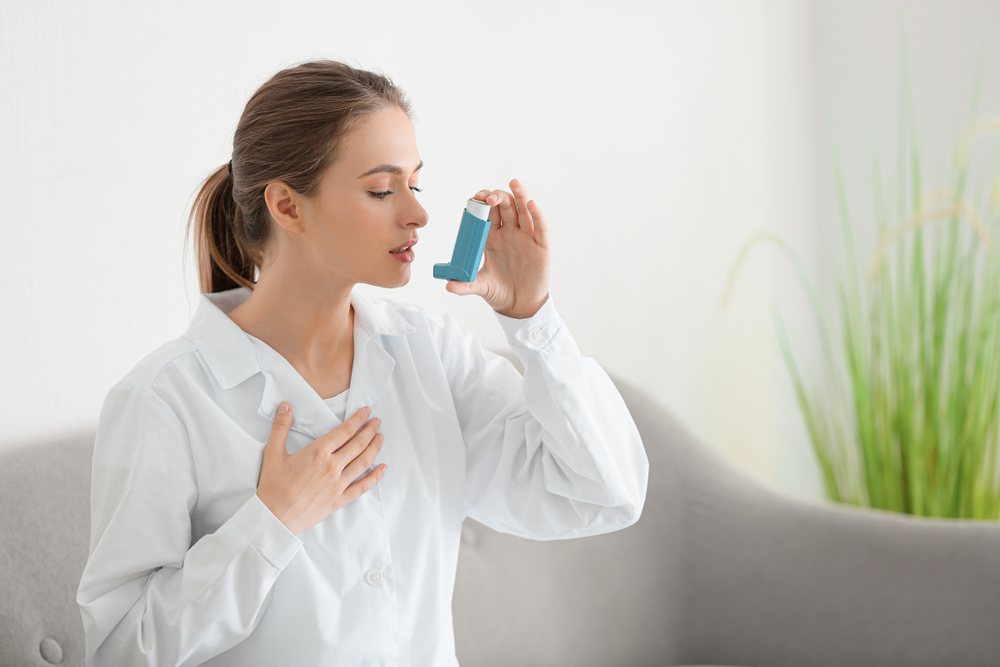Occupational asthma is a lung disorder in which the airways of the lungs are inflamed and narrowed caused by exposure to irritants in the air, chemical fumes, and other inhaled chemicals found in the working environment.
In occupational asthma, the body is extremely reactive to something- an allergen or a trigger; thus instigating a buildup of histamine in the lungs resulting in an asthma attack. This could make breathing difficult and could lead to other asthma symptoms like wheezing, chest tightness, and cough.
People with allergies and or family history of allergies are more likely to develop occupational asthma when exposed to certain substances in the workplace.


